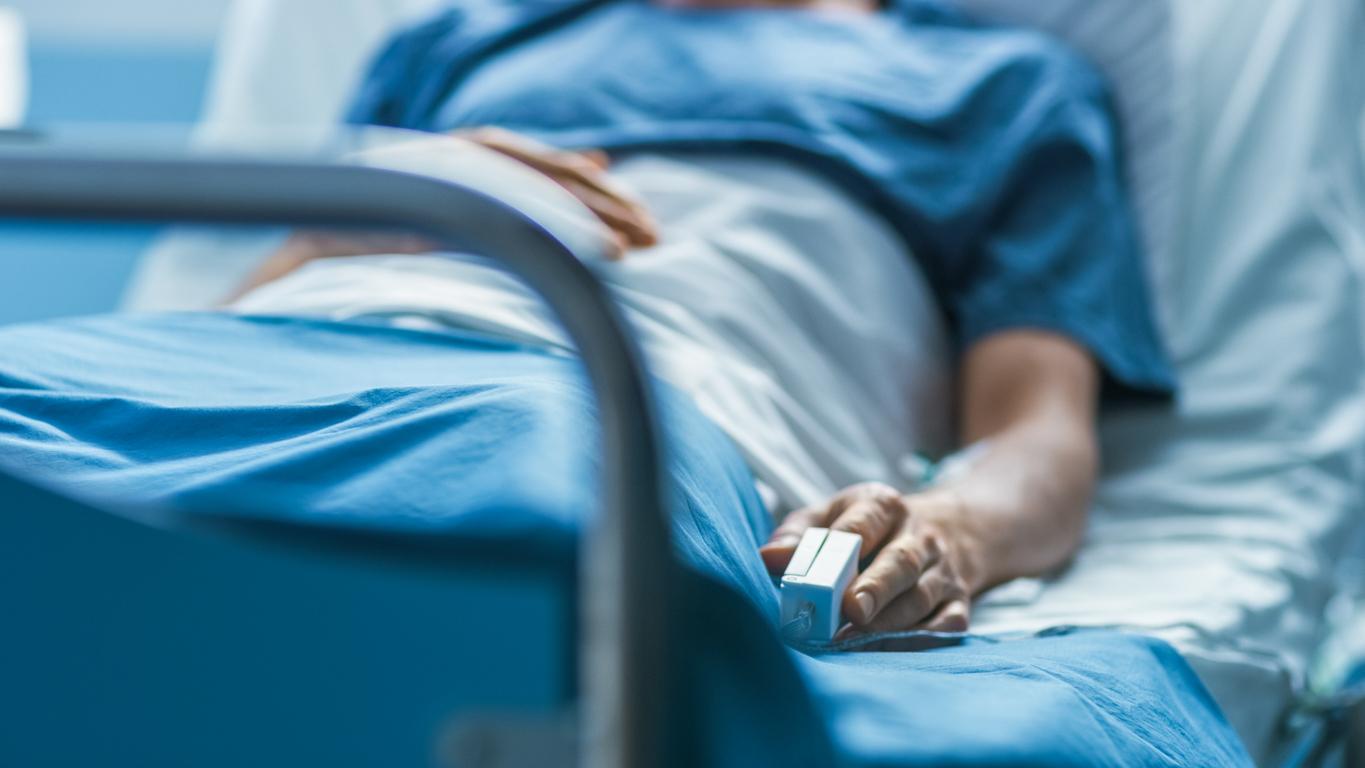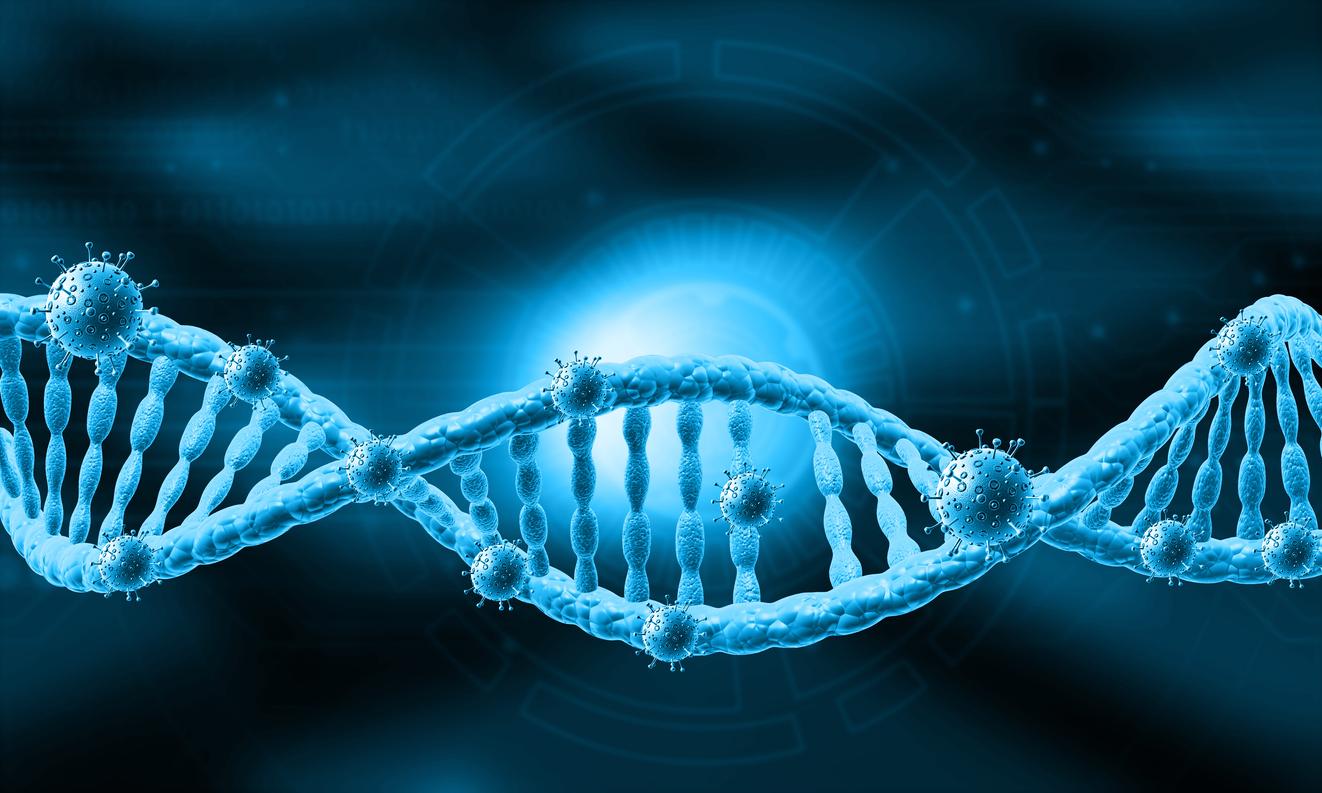Escherichia coli bacteria are able to inhibit the growth of multidrug-resistant Staphylococci aureus, according to the results of a study published in the journal Animicrob Agents Chemother. A discovery that could revolutionize the fight against antibiotic resistance. But researchers must first purify these compounds. A real challenge.
Escherichia coli bacteria have revealed a new secret to researchers at the National Institute for Health and Medical Research (Inserm).
Scientists have studied the activity of E. coli, which has a PKS islet, on multidrug-resistant Staphylococci aureus. For the study, they put different types of E. coli in contact with Staphylococcus aureus. During the experiment, they observed that the staphylococcus population grew evenly around E. coli bacteria without genomic islands. But there is a zone of staphylococcal inhibition around the bacteria with PKS islets.
Purify compounds from Escherichia coli
“We are not sure to have found the true function of the PKS islets, but the fact remains that the anti S. aureus activity of the bacteria possessing them has been demonstrated” concludes the researcher.
Promising results for the development ofantibiotic resistance. “With the resistance developed by staphylococci to last resort antibiotics, it is urgent to find new antibiotics capable of inhibiting the growth of these pathogenic bacteria. The compounds secreted by bacteria with genomic islands could include such molecules. It remains to be seen whether these compounds will not have undesirable side effects “, explains Richard Bonnet. But there remains a challenge to be taken up, to purify these compounds.
“The next challenge is to succeed in purifying the compounds in question” explains Richard Bonnet. “Until now, specialists in the field have not succeeded in this and this is a challenge for biochemists. A clue: inhibition of the growth of S. aureus is only obtained with E. coli bacteria. Live PKS +, suggesting that the compounds possibly have a stability problem when isolated and purified. “
Read also:
Raw cake dough: a health hazard
Escherichia coli bacteria: where does it come from?
New hope for treatment for Staphylococcus aureus

















